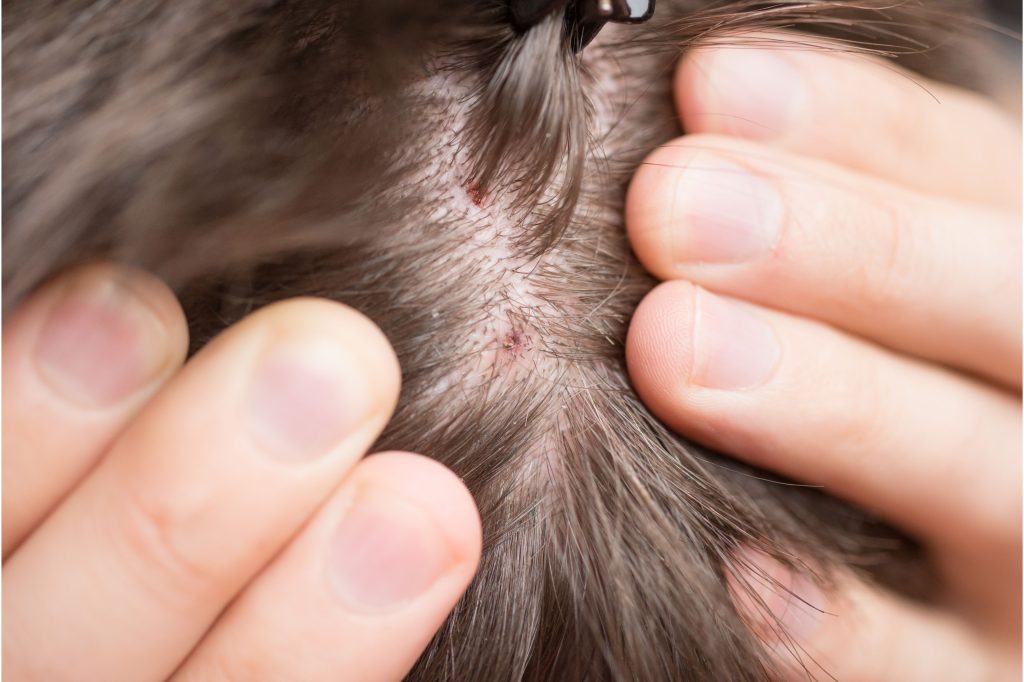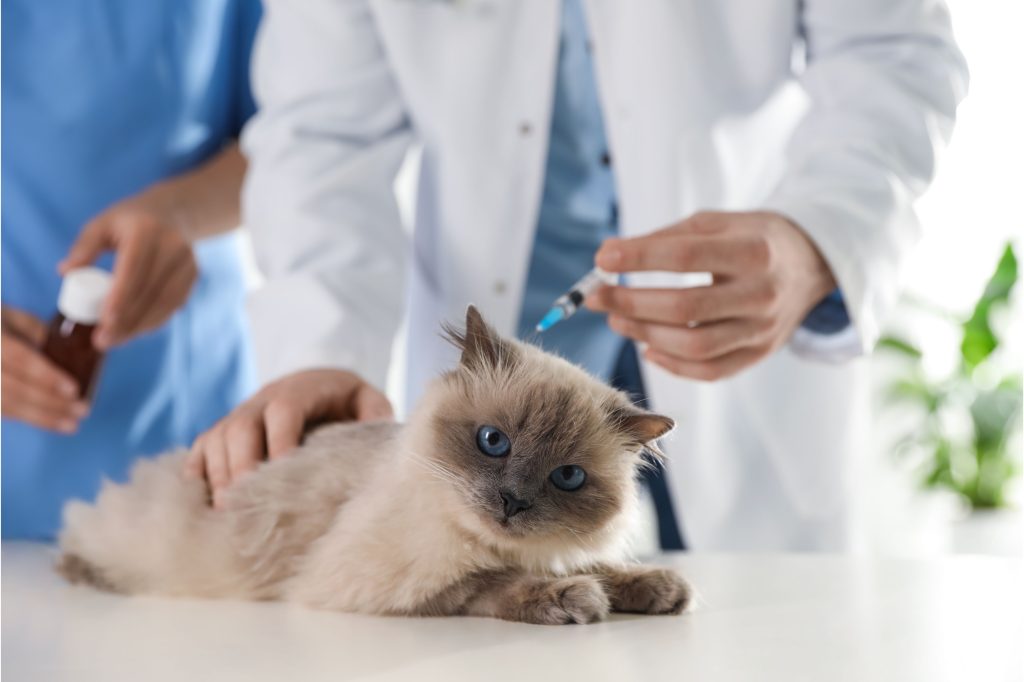Introduction:
Common Cat Injuries: Treatment and Care Guidelines
Cats, beloved companions known for their agility and curiosity, are not immune to injuries. From playful scuffles to unexpected accidents, our feline friends may encounter various injuries throughout their lives. Understanding these common cat injuries, along with proper treatment and care guidelines, is essential for ensuring their health and well-being.
Table of Contents

Understanding Common Cat Injuries:
Common cat injuries encompass a wide range of conditions that can affect our furry companions. From minor scrapes to more serious wounds, cat owners must be vigilant in recognizing signs of injury and providing timely care. Among the most frequent injuries are common cat fight injuries, often resulting from territorial disputes or encounters with other animals in the neighborhood. These injuries may include scratches, bite wounds, and abscesses, requiring prompt attention to prevent infection and promote healing.

Treatment and Care Guidelines:
When faced with common cat fight injuries, it is crucial to assess the severity of the wounds and seek veterinary care if necessary. In minor cases, gently clean the affected area with a mild antiseptic solution and monitor for signs of infection, such as redness, swelling, or discharge. Applying a topical antibiotic ointment can help prevent bacterial growth and aid in the healing process. However, for more serious injuries or signs of infection, consult a veterinarian for proper treatment, which may include antibiotics or drainage of abscesses.
In addition to common cat fight injuries, cats are prone to other types of injuries, including common cat leg injuries. These injuries may result from falls, accidents, or trauma, leading to sprains, fractures, or soft tissue damage. If your cat displays signs of limping, reluctance to bear weight on a limb, or swelling around a joint, it is essential to seek veterinary care for a thorough evaluation. Depending on the severity of the injury, treatment options may include rest, pain management, splinting or casting, or surgical intervention.
Furthermore, common cat paw injuries are another concern for pet owners, as cats rely heavily on their paws for mobility and grooming. Paw injuries can occur due to sharp objects, hot surfaces, or abrasive materials, causing lacerations, burns, or abrasions. To prevent common cat paw injuries, ensure a safe environment for your cat by removing potential hazards and providing suitable scratching surfaces. If your cat sustains a paw injury, carefully inspect the area for debris or foreign objects, clean with a gentle antiseptic, and apply a protective bandage if needed. Monitor for signs of infection or lameness and consult a veterinarian if necessary.
Similarly, common cat tail injuries may occur due to accidents, entanglements, or trauma, resulting in fractures, dislocations, or nerve damage. A cat’s tail is an extension of its spine, containing delicate bones and nerves, making it susceptible to injury. If your cat experiences a tail injury, observe for signs of pain, swelling, or loss of function, and seek veterinary care for proper assessment and treatment. Depending on the extent of the injury, conservative management or surgical intervention may be necessary to promote healing and prevent complications.

Preventive Measures:
While accidents and injuries are sometimes unavoidable, there are steps cat owners can take to minimize risks and promote a safe environment for their pets. Keep cats indoors or supervise outdoor activities to reduce exposure to potential hazards such as traffic, predators, or aggressive animals. Provide regular veterinary care, including vaccinations, parasite prevention, and wellness exams, to maintain your cat’s overall health and detect any underlying conditions early. Additionally, encourage regular exercise and mental stimulation to keep your cat physically and mentally active, reducing the likelihood of boredom-related behaviors or injuries.
Read Also: Exotic Shorthair Cat Colors
Conclusion:
In conclusion, understanding common cat injuries and implementing proper treatment and care guidelines are essential for promoting the health and well-being of our feline companions. From common cat fight injuries to paw, leg, and tail injuries, recognizing signs of injury and providing timely intervention is key to ensuring optimal outcomes. By taking preventive measures and seeking veterinary care when needed, cat owners can help their pets lead happy, healthy lives free from injury and discomfort.
For more information on common cat injuries and their treatment, visit Curicyn’s blog on the top five most common cat injuries.
FAQ’s
- Q: What are some examples of common cat injuries mentioned in the article?
- A: The article discusses common cat fight injuries, leg injuries, paw injuries, and tail injuries, detailing their causes and potential treatment options.
- Q: How can I recognize if my cat has sustained a common cat fight injury?
- A: Signs of common cat fight injuries include scratches, bite wounds, abscesses, and behavioral changes such as increased aggression or lethargy. It’s important to monitor your cat closely for any signs of injury and seek veterinary care if needed.
- Q: What should I do if my cat experiences a paw injury?
- A: If your cat sustains a paw injury, carefully inspect the area for debris, clean it with a mild antiseptic solution, and apply a protective bandage if necessary. Monitor for signs of infection or lameness and consult a veterinarian for further evaluation and treatment.
- Q: How can I prevent common cat injuries in my pet?
- A: To minimize the risk of common cat injuries, keep your cat indoors or supervise outdoor activities, provide regular veterinary care including vaccinations and parasite prevention, and create a safe environment by removing potential hazards and providing suitable scratching surfaces.
